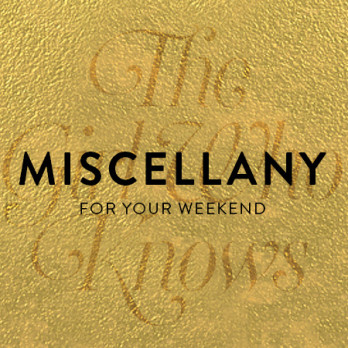Travel is a powerful mirror that will force you to take a good, hard look at your relationship with food. And it might just completely turn it upside down. For the better.
I had come from a pretty devout vegetarian, gluten free, all-organic lifestyle. The Montana mountain town I’d called home for 5 years was full of foodies who boasted about their gardens and hosted way more potlucks per capita than I thought possible. Where, of course, everything was homemade and organic. I had a deep and nourishing relationship with my Vitamix and superfoods and was, I’ll admit, a bit high on my own knowledge of nutrition.
It was my first time to Costa Rica. The taxi driver eased the giant, rumbly van into the driveway of a tiny open building that could’ve just as easily been someone’s house as much as a restaurant. A hand-painted sign out front told me it was the latter.
Tables. A TV showing soccer. And nobody else. Though I guess a tiny town in northwest Costa Rica wouldn’t exactly be bustling on a Tuesday. Or any day for that matter.
The menu at this place was simple. Very, very simple. Eggs. Rice. Beans. Fish. Casados. Pineapple juice.
Deep breath.
When in Rome . . .
This was the beginning of a whole new love affair with food.
I’ve met a lot of travelers who are in shock at what’s for lunch when they’re on the road. On the islands of Panama, I was served fried dough and spreadable cheese for breakfast. At the Nicaragua border, the empanada was definitely full of an unnamed ground meat.
I’ve cringed to hear people ask, “Is this gluten free?” or, “Could I have that on the side?” Don’t get me wrong – clearly, some of us need to ask these life-saving questions because of serious allergies or we might end up incapacitated if we dive into that big pile of gluten with gusto. But most of the chefs at these tiny eateries around the globe have no idea why we’re so worried about these things.
It only took a few roadside pit stops on my travels to make me face the facts: if I wanted to eat, I’d have to loosen up a bit. More than a bit. And instead of focusing on labels, caloric content, gluten or nutritional supplements, I had to drill down to one, simple thing:
What can I get my hands on that tastes, and makes me feel good?
When I first traveled in Costa Rica I experimented with every sort of “diet” approach possible. I went raw, because raw foods were readily available. I tried a mostly-fruit diet (that didn’t last long). I went from veg to Paleo (yeah right) back to vegan.
My body reacted by similarly being all over the place. I gained weight. I went through a period of intense inflammation. I had trouble sleeping, I slept TOO much, I was hungry all the time, then I wasn’t hungry at all. Food became a distraction, not a pleasure.
Trying to stick to any one of these approaches required an immense amount of work, in a country where food can be so variable. The restaurants definitely don’t care that you prefer not to food combine- the beans come IN the rice, end of story.
Rigidity led to stress. I couldn’t eat out. And if I couldn’t find the foods I was “supposed” to be eating because the market didn’t have them, well . . . ever heard the term “hangry”? That. Lots of that.
So in the end? I surrendered and admitted that the locals probably know just a little about what kinds of food work well in their home climate. And that whatever kind of dietary rules I tried to follow to the letter just weren’t going to work on the road.
So after much trial and error, I’ve settled on “Flexitarian”. When presented with a new food, I’ll (most of the time) give it a shot – to meet a culture through its flavors.
Through the taste of a savory Parisian crepe and the strange, bland mush that is Dutch stamppot. I learned that I love the strange white cheese that comes along with breakfast casados. That Costa Ricans daon’t make good hummus. That Panamanian islanders know how to do fish up right. That most food at the Nicaragua border is questionable and it’s best to bring my own.
It has brought the pleasure and adventure back into food because I’m not just analyzing it, I’m tasting it. It took food back out of the cerebral and into the physical. The tastes. The textures. The richness. The spice. The spirit of every place is spoken through the food. It’s a language of community, an expression of what’s important, and a gustatory experience that can teach you so much about a people and their land if you’ll pick up your fork and try it.
And miraculously, once I started to meet my food with love and curiosity, my body found its balance too. A whole new balance, in fact – without the persistent food stress, I feel better than I have in a long, long time.
In the end, travel has taught me that the joy is in tasting – really tasting – the experience with an open mind and belly. No diet labels required.
What about you? Do you have any food-related travel adventures or lessons to share? I’d love to hear all about them. Leave me a note in the comments below!
xo,
Heather
Photo by Ali Inay





